Downsize a chimney liner?
bepeace
10 years ago
Related Stories
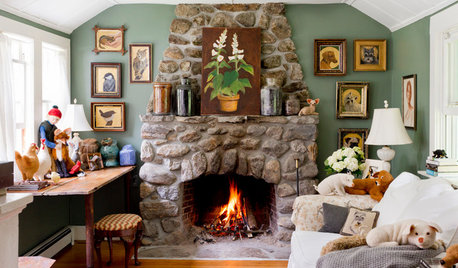
HOUSEKEEPINGBefore You Roast Those Chestnuts, Make Sure You've Got a Clean Chimney
Here's how to ensure your chimney is safe for holiday gatherings by the fire
Full Story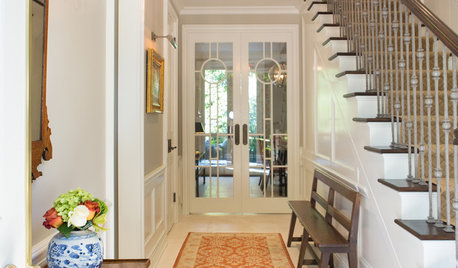
DECORATING GUIDESHouzz Tour: Traditional Meets Transitional in a Townhouse
A Southern California couple downsizes, and their designer helps them push past traditional boundaries
Full Story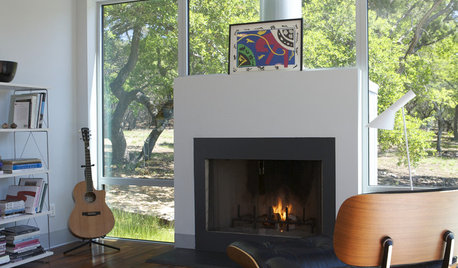
REMODELING GUIDESModern Metal Fireplaces Open World of Possibilities
Allowing way more natural light than traditional fireplaces, and with some not even needing a vent, metal fireplaces are a major improvement
Full Story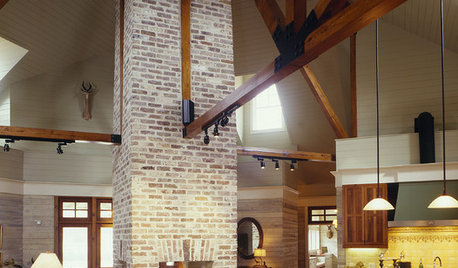
HOUZZ TOURSHouzz Tour: Rustic and Traditional in South Carolina
Lowcountry design and materials inspire farmhouse-style home on old rice field
Full Story
HEALTHY HOME6 Tips From a Nearly Zero-Waste Home
Lower your trash output and increase your quality of life with these ideas from a mom who did it to the max
Full Story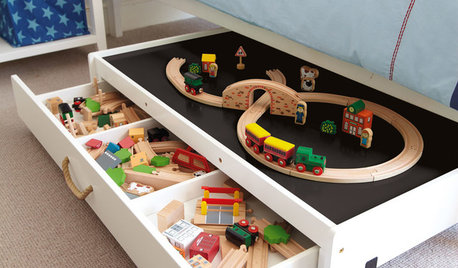
PRODUCT PICKSGuest Picks: Space-Saving Multipurpose Furniture
Get more bang for your buck — and more space for other things — with furniture designed to work extra hard
Full Story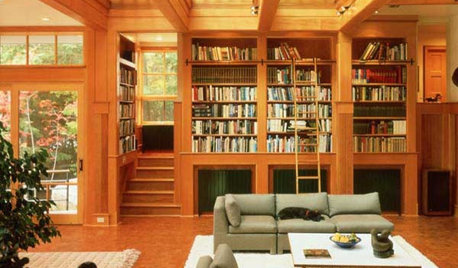
REMODELING GUIDESArchitect's Toolbox: Beautifully Layered Spaces
Framed views and intriguing connections add depth and dimension to great living areas
Full Story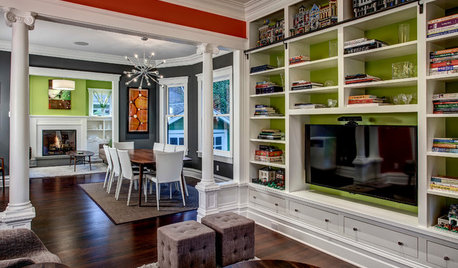
MOST POPULAR25 of the Most Popular Homes on Houzz
‘Small,’ ‘charming’ and ‘efficient’ seem to describe some of the most viewed home tours featured on Houzz
Full Story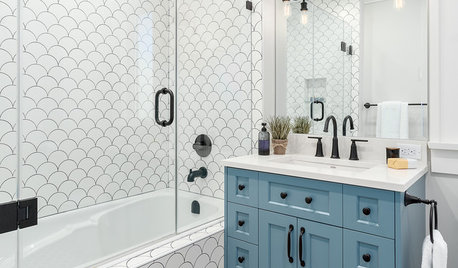
BATHROOM DESIGNShower Curtain or Shower Door?
Find out which option is the ideal partner for your shower-bath combo
Full Story
LIVING ROOMSHow to Convert Your Wood-Burning Fireplace
Learn about inserts and other options for switching your fireplace from wood to gas or electric
Full Story









jonnyp
columbusguy1
Related Professionals
Hammond Kitchen & Bathroom Designers · Philadelphia Kitchen & Bathroom Designers · Wesley Chapel Kitchen & Bathroom Designers · White House Kitchen & Bathroom Designers · Shamong Kitchen & Bathroom Remodelers · Hickory Kitchen & Bathroom Remodelers · Islip Kitchen & Bathroom Remodelers · Lynn Haven Kitchen & Bathroom Remodelers · Placerville Kitchen & Bathroom Remodelers · Toms River Kitchen & Bathroom Remodelers · Pembroke Architects & Building Designers · Plainfield Architects & Building Designers · River Edge Architects & Building Designers · Saint Paul Architects & Building Designers · Spring Valley Architects & Building DesignersbepeaceOriginal Author
renovator8